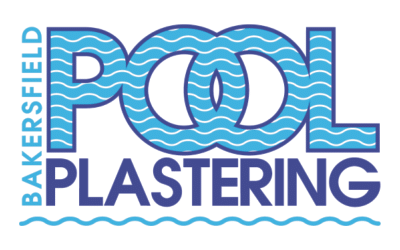Call Us Today! (661) 588-1688
Contact
Phone: (661) 588-1688
Fax: (661) 588-2288
Address: 12700 Jomani Dr, Bakersfield, California 93312
CA LICENSE # 350767 AND 925592
Content, including images, displayed on this website is protected by copyright laws. Downloading, republication, retransmission or reproduction of content on this website is strictly prohibited. Terms of Use
| Privacy Policy
